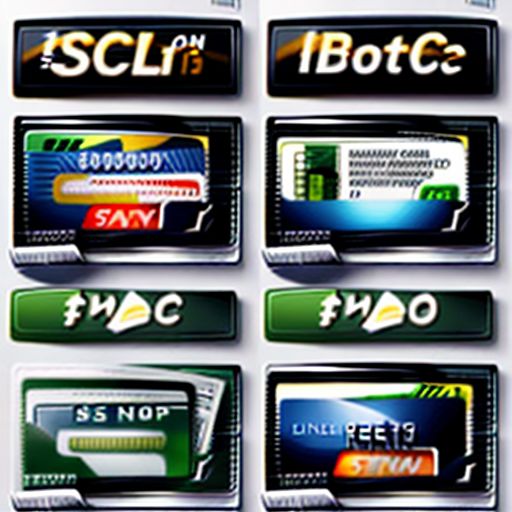Imagine this: you’re ready to take a big financial step, whether it’s buying your dream home or finally launching that business you’ve been planning. You’ll likely need a loan to make it happen. This is where understanding the difference between secured debt and unsecured debt becomes crucial. It’s not just financial jargon; it’s about understanding the commitments you’re making and how they impact your financial well-being.
Understanding Secured Debt
Secured debt, in simplest terms, is like a loan with collateral attached. Think of it as a safety net for the lender. You’re promising an asset you own, like a house or a car, as a guarantee for the loan.
How Secured Debt Works
Let’s say you’re taking out a mortgage to buy a house. The house itself acts as collateral. If, for any reason, you can’t repay the loan as agreed, the lender has the right to seize the house to recover their losses. This right is provided by the loan agreement, which acts as a legally binding contract.
Types of Secured Debt
Some common examples of secured debt include:
- Mortgages: Loans specifically for buying a property, where the property itself serves as collateral.
- Auto Loans: Loans taken out to purchase a vehicle, with the vehicle acting as collateral.
- Home Equity Loans: Loans using your home’s equity (the portion you own outright) as collateral.
Advantages and Disadvantages of Secured Debt
Advantages:
- Lower Interest Rates: Because secured debt offers lenders less risk, these loans typically come with lower interest rates compared to unsecured debt.
- Higher Borrowing Limits: Lenders are often willing to lend larger amounts for secured debt, given the collateral backing.
Disadvantages:
- Risk of Losing Your Asset: The most significant downside is the potential loss of your collateral. If you default on the loan, the lender can seize the asset.
- Impact on Credit Score: Similar to unsecured debt, late or missed payments can negatively affect your credit score.
Diving into Unsecured Debt
Unlike secured debt, unsecured debt isn’t backed by any specific asset. It’s essentially a loan based on your creditworthiness – your promise to repay.
How Unsecured Debt Works
When a lender approves you for an unsecured loan, they’re relying on your credit history and income to assess the likelihood of you repaying the loan.
Types of Unsecured Debt
Common examples of unsecured debt include:
- Credit Cards: One of the most prevalent forms of unsecured debt, credit cards allow you to borrow money up to a certain limit, with the expectation of repayment.
- Personal Loans: These loans can be used for a variety of purposes and are not tied to any specific asset.
- Student Loans: Loans taken out to finance education are generally unsecured.
Advantages and Disadvantages of Unsecured Debt
Advantages:
- No Risk of Asset Loss: Since there’s no collateral involved, you can’t lose a specific asset if you default on the loan.
- Easier to Obtain: Unsecured loans are often easier to qualify for, especially for smaller amounts, as lenders don’t need to value collateral.
Disadvantages:
- Higher Interest Rates: Lenders typically charge higher interest rates on unsecured debt to offset the higher risk they assume.
- Lower Borrowing Limits: The amount you can borrow with unsecured debt is often lower than with secured debt.
Which Type of Debt is Right for You?
The best type of debt for you depends on your individual financial situation, your goals, and your risk tolerance.
- Secured debt might be a better choice for larger purchases like a home or a car, especially if you’re comfortable with the risks associated with collateral.
- Unsecured debt might be more suitable for smaller loans or if you’re unwilling to risk losing a valuable asset.
debt.yeuphancung.com/wp-content/uploads/2024/07/secured vs unsecured debt-6694fe.jpg" alt="secured vs unsecured debt" width="512" height="512">secured vs unsecured debt
Key Considerations When Taking on Debt
Regardless of whether you choose secured or unsecured debt, keep these essential factors in mind:
- Interest Rates: Shop around for the most competitive interest rates to minimize the overall cost of borrowing.
- Loan Terms: Understand the repayment period, any associated fees, and the consequences of late or missed payments.
- Budget: Before taking on any debt, ensure it fits comfortably within your budget without straining your finances.
Making Informed Decisions
Understanding the distinctions between secured and unsecured debt is vital for making sound financial decisions. By carefully weighing the pros and cons of each and considering your own circumstances, you can confidently navigate the world of borrowing and achieve your financial goals responsibly.
